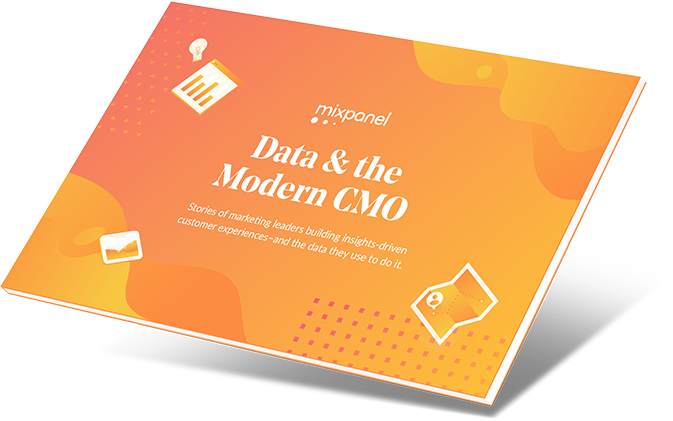CONSULTING | 12 MIN READ
Marketing is more complex than ever
As CMO of Bluewolf, an IBM Company, it’s Corinne’s Sklar responsibility not only to articulate the company’s vision—innovation through strategic customer focus—but also help Bluewolf’s clients with the real hard work of turning a strategic customer focus into practice.
In this sense, Corinne is both executive and executive advisor. Like most CMOs, it is her job to use customer data to give her clients better experiences. Unlike most CMOs, it is also her job to help executives at other companies do for their customers what Corinne does for hers.
After observing hundreds of mid-market and enterprise companies try to define and implement a customer-first strategy, and implementing one for Bluewolf, Corinne has developed a keen sense for what differentiates the haves from the have-nots. The common thread between the companies that she has seen succeed is clear: “They have C-level alignment, top-down support, and cross-departmental resources dedicated to their customer initiatives.”
To be clear, when Corinne says alignment she does not mean approval—she means commitment. That commitment goes beyond just the marketing team having access to data they need to improve customer experience. Executives outside of Marketing have to be able to see the broader vision for the initiative, and then spend the budget, divvy up the headcount, agree on outcomes, and the decide how to measure them, together.
In her twelve years at Bluewolf, Corinne has seen few marketing departments single-handedly design and implement a program that, by its mere existence, transformed the way the rest of the company did business. Customer-first practices do not spread like wildfires. As is true with most good ideas, they need good marketing to gain traction, so the first job of any customer champion, then, is to create more champions.
“The CMO is brave to carry this flag, as most marketers tend to be when it comes to pioneering new programs. But no matter how industrious the advocates are, they can’t move forward a large customer experience initiative without buy-in from other leaders. That doesn’t mean that the CMO can’t be the one to start the conversation, but they do have to stretch outside of the Marketing silo and become a torchbearer across the enterprise.”
In this exclusive interview, Corinne shares observations from years as a CMO and twelve years advising them, and makes her recommendations to executives who find themselves up against the organizational and cultural barriers standing between having a customer strategy and actualizing one.











